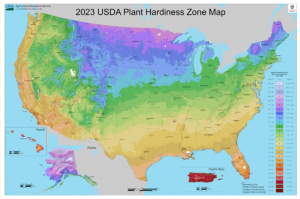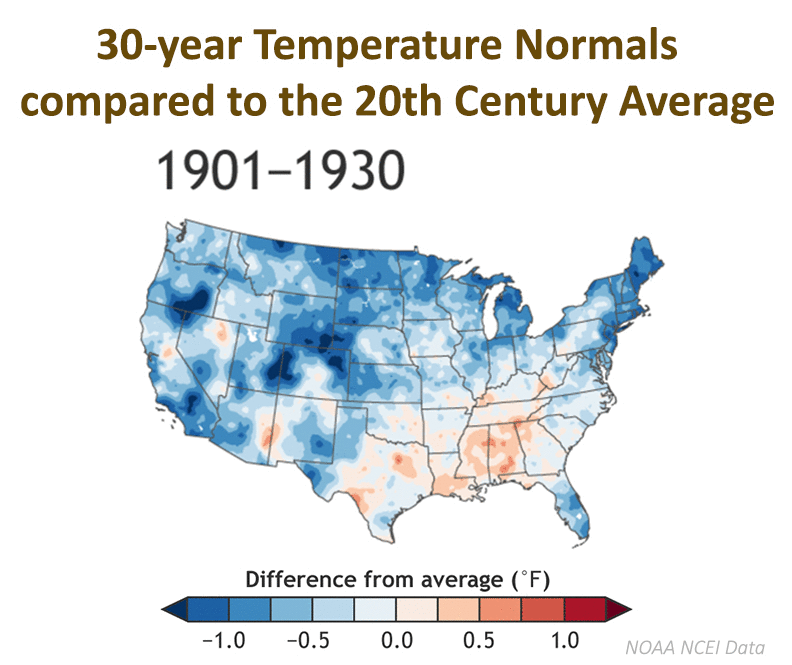
If you are involved with gardening, you probably are aware of the Plant Hardiness Zone Map, or PHZM, often listed on seed packets. The U.S. Department of Agriculture developed the zones and first published them in 1960. The USDA updated them in 2012 and more recently in November 2023.
A hardiness zone provides information on the type of plants capable of surviving certain climatic conditions. The designations are based on the “average annual extreme minimum temperature” at a given location during a particular 30-year period. The climate zones are determined from temperature records kept by National Atmospheric and Oceanic Administration.
Every 10 years NOAA computes a revised 30-year average temperature and extreme temperatures for the U.S. using climate observations collected at local weather stations across the country. The newest revision spans the 30-year period from 1991 to 2020. The influence of long-term global warming is reflected in the revised temperatures. The 30-year average minimum winter temperatures increased at nearly all locations in the continental U.S.
The revised PHZM reflects this climate change. Compared with the 2012 map, the 2023 designation shows that about half of the country shifted to the next warmer half zone, and the other half of the country remained in the same half zone. Previously, northwestern Wisconsin was in zones 4a and 3b; the revised map indicates the region to be zone 4a. The colder zone of 3b is no longer a designation in Wisconsin.
While the hardiness zones are very useful, they cannot account for all climate and weather conditions such as snowfall, which can insulate the plants during a cold winter, or severe summertime heat. In addition to knowing your plant hardiness zone, it is also very useful to talk with local master gardeners and nurseries as you plan your plantings this season.
Steve Ackerman and Jonathan Martin, professors in the UW-Madison department of atmospheric and oceanic sciences, are guests on WHA radio (970 AM) at 11:45 a.m. the last Monday of each month. Send them your questions at stevea@ssec.wisc.edu or jemarti1@wisc.edu.


